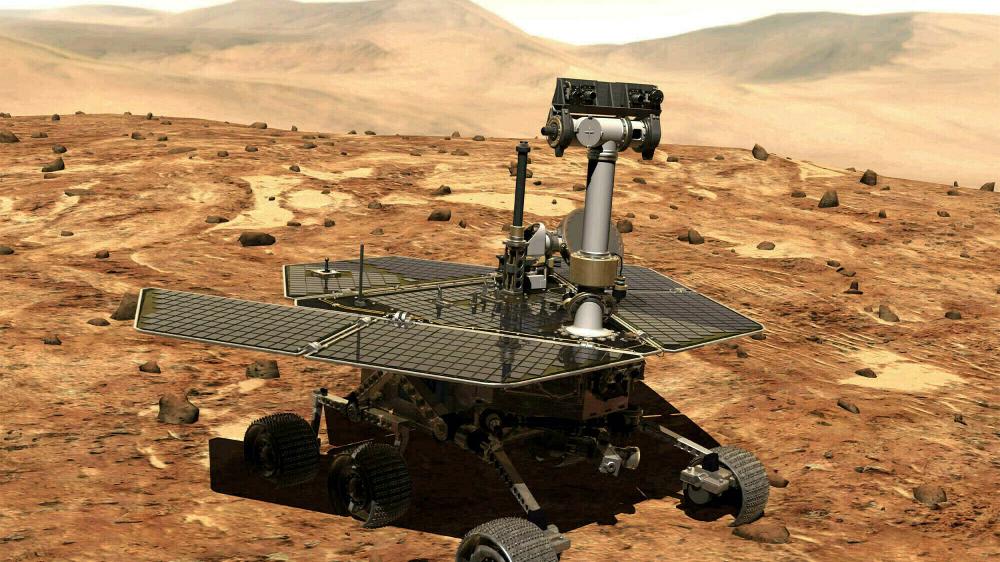
New Delhi: In a groundbreaking study, an international team of researchers led by the National Institute of Technology (NIT) Rourkela has unveiled the significant impact of dust devils, massive dust storms, and extensive water-ice clouds on the Martian atmosphere. Collaborating with scientists from UAE University and Sun Yat-sen University in China, the team meticulously analyzed over two decades of data from multiple Mars missions, including India’s Mars Orbiter Mission (MoM).
The study’s findings, published in the prestigious journal New Astronomy Reviews, are expected to play a crucial role in preparing for future human exploration missions to Mars. Understanding Martian weather dynamics is essential for protecting spacecraft, supporting astronauts, and potentially uncovering evidence of past life on the Red Planet.
Decoding Martian Weather Phenomena
Mars, often referred to as the Red Planet, is renowned for its dramatic weather systems. The dust raised by local and regional storms can travel vast distances, disrupting wind patterns and causing temperature fluctuations. In some instances, these phenomena dramatically reshape the Martian atmosphere.
The study zeroes in on three primary components of Martian weather:
- Dust Devils: These small, spinning columns of air are prevalent during the summer months, particularly in the northern hemisphere.
- Large Dust Storms: Driven by a feedback loop where sunlight heats the dust, these storms can expand to cover entire regions or even the whole planet.
- Water-Ice Clouds: These thin, wispy clouds consist of frozen water particles.
Utilizing imaging data spanning over 20 years, the researchers have mapped how the changing Martian seasons influence dust and cloud formation and movement. These insights refine our understanding of Mars’ climate system and could prove invaluable for predicting future weather patterns on the planet.
Implications for Future Mars Missions
As more missions set their sights on Mars, long-term studies like this one provide essential clues about the planet’s ever-changing skies. According to the researchers, advancing weather prediction on Mars is not merely a scientific endeavor; it is fundamental to ensuring that future missions can thrive and explore the planet’s past and future habitability.
“Advancing the weather prediction on Mars is not just a scientific pursuit; it is the cornerstone of ensuring that future missions can sustain there and realize the past and future habitability of the red planet,” said Prof. Jagabandhu Panda, Professor at the Department of Earth and Atmospheric Sciences, NIT Rourkela.
The study’s revelations underscore the importance of continued investment in Mars research. Prof. Panda expressed hope that the Indian Space Research Organisation (ISRO) would conduct more missions to Mars and increase funding for university-led research initiatives.
“It would be great if ISRO could conduct more missions to Mars and invest more in the university system to carry out such research. It will help in advancing science and technology further,” Panda said.
Historical Context and Future Prospects
Mars has long captured human imagination, from ancient mythology to modern science fiction. The planet’s potential to harbor life and its similarities to Earth have made it a focal point for scientific exploration. Historical missions, such as NASA’s Viking landers in the 1970s, laid the groundwork for understanding Martian geology and climate.
Today’s missions, including NASA’s Perseverance rover and China’s Tianwen-1, are equipped with advanced technology to delve deeper into Mars’ mysteries. The NIT Rourkela-led study adds to this growing body of knowledge, offering new insights that could shape the future of Mars exploration.
As the international community continues to explore Mars, the findings from this study highlight the need for collaborative efforts in space research. The insights gained not only enhance our understanding of Mars but also provide a blueprint for future interplanetary missions.
In conclusion, the research spearheaded by NIT Rourkela represents a significant step forward in unraveling the complexities of Martian weather. As scientists and space agencies around the world prepare for the next wave of exploration, studies like this one will be instrumental in ensuring the success and safety of future missions to the Red Planet.







